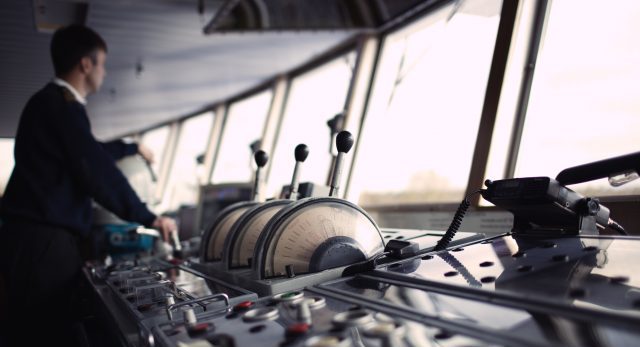The growing use of technology onboard has power on the way collision disputes are being dealt with, specifically by lawyers and case-handlers as well. Therefore, the English Admiralty Court introduced changes to the procedural rules that deal with the management of such claims, mainly where electronic track data is available writes Mr. Victor Fenwick in an article published by INCE & CO.
Automatic Identification Systems (AIS), Electronic Chart Display Information Systems (ECDIS) or voyage data recorders are playing a significant role in avoiding collisions and providing crucial information in the event that a collision does occur.
According to the IMO’s International Convention for the Safety of Life at Sea (SOLAS), AIS must be fitted on board all ships of 300 gross tonnage and upwards engaged on international voyages, cargo ships of 500 gross tonnage and upwards not engaged on international voyages and all passenger ships irrespective of size. Furthermore, SOLAS Regulation V/19 provides for AIS data to be exchanged from ship-to-ship and with shore-based facilities.
In particular, the aforementioned amendments provide for a case management conference (CMC) to be mandatory for all collision claims and to take place within six weeks of the last statement of case being filed. The amendments further envisage that the CMC will take place after any exchange of electronic track data because they provide for various directions that the court may make where such data has been disclosed. Moreover, in many collision case, the availability of electronic track data can greatly aid the quick and efficient disposal of disputes over liability for the collision, Fenwick says.
Therefore,that the normal procedure in collision claims might in appropriate cases be modified, and some requirements dispensed with entirely, where electronic track data is available. Instead, the parties to an anticipated collision claim now have a duty to take all reasonable steps to promptly obtain and/or preserve any original or copy electronic track data in their control. This covers:
(i) data that is in a party’s physical possession and/or
(ii) data the party has a right to possession of and/or
(iii) data that a party has a right to inspect or take copies of.
According to Fenwick, the parties are also expected to have mutual disclosure and exchange (where both have it) of any electronic track data during the course of pre-action correspondence and, in any case, are required to disclose it within 21 days after the defendant files its acknowledgment of service. Where both parties have electronic track data in their control, they must exchange this data within seven days of a request by one of the parties to do so.
In addition, an application by one of the potential parties for pre-action disclosure, i.e. before proceedings have been issued, will be looked on favourably by the court on the grounds that such disclosure might end in the dispute being resolved before a claim has even been started and associated costs incurred. Importantly, where a party proves unco-operative in disclosing/exchanging its electronic track data, the court may penalise it in costs.
Other directions the court can make
- Limit further disclosure to contemporaneous documents made shortly before or after the collision;
- Limit or exclude expert evidence;
- Limit witnesses to those most closely connected with the collision;
- Dispense with oral evidence;
- Limit the number of assessors to one or dispense with assessors altogether;
- Dispense with an oral hearing, deciding issues of liability on an agreed bundle of evidence and written submissions; and
- Make a costs-capping order.
Source: INCE & CO






























































